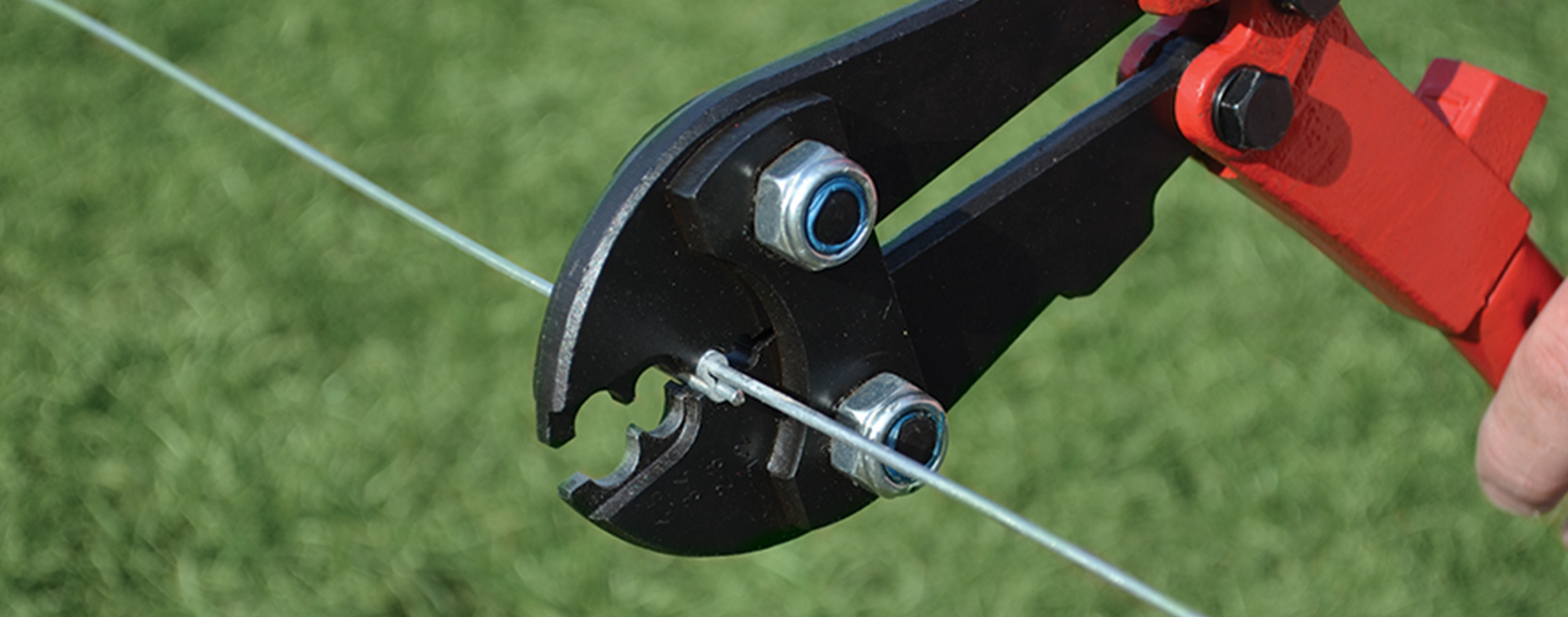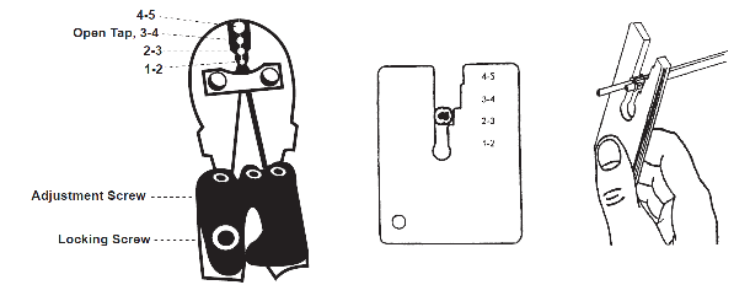BLOG

Top 5 Fence Tools for High-Tensile
There are specific tools you should use to install high-tensile fence. Kencove has an extensive line up of expert tools for building high-tensile fence. Proper tools ensure that the job is done right every time! Here is the list of our Top 5 Fence Tools needed to complete a high-tensile fence project.

Spinning Jenny- A good Spinning Jenny is a must have when it comes to high-tensile fence wire. Trying to payout high-tensile-wire is a disaster without a Jenny.
If you want to ruin an expensive coil of wire, starting the project with no Jenny will do the trick. A Spinning Jenny is a mechanism used to pay-out wire easily without kinking or tangling. Placing the wire on a Jenny will also eliminate cursing, and delay of game. A Spinning Jenny can be placed on the ground or welded on the hitch of a truck, tractor, or utility vehicle. Higher quality Spinning Jennies have a hand brake that allows the operator to control the momentum of the mechanism when pulling is stopped, to prevent over dispensing of wire. The Kencove Spinning Jenny features an adjustable brake to control over-spin when pulling stops. The simplest Spinning Jenny has an axle that needs hammered into the ground, before securing the coil to the Jenny. This Jenny revolves around the grounded axle as the wires pays-off. No matter how many bells and whistles the Jenny has or doesn't have, “One is better than NONE”. Make a Spinning Jenny your first purchase when preparing for your high-tensile fence project.

Crimp Tool/Splicing Tool- This tool is used to compress a crimp sleeve (aka: compression sleeve) around the wire creating a splice equivalent to the strength of high-tensile wire. Whether it is starting and ending the fence line, electrical connections, installing strainers, or splicing lengths of wire; there are always connection to be made, when installing high-tensile fence. The most cost effective installation uses crimp sleeves, therefore a quality tool is very valuable.
Purchase a tool to fit whatever crimp sleeves your job requires. For example if you are using 12 ½ gauge wire you will need crimp sleeves and a tool for 12 ½ gauge. Generally this is the 2-3 slot on a 4 slot tool.


Wire Cutters- High-tensile wire is tough stuff. It is much easier on the hand and the clock, if you have a superior set of wire cutters. All farm store sale wire cutter, but most often they will dull rapidly. Look for wire cutters that are specifically designed for high-tensile fence wire. You will get longevity with induction harden cutting edges made with chrome vanadium heavy-duty steel. Comfort is also valuable when building a lot of fence. Wire cutters can be purchased with comfort grip and spring loaded action to make multiple cuts fast and easy.

Chain Grab- A chain grab is used to grip the ends of two wires and hold them in place when applying crimp sleeves, springs, strainers, etc. This is an essential tool for saving time and freeing up hands while working alone. Purchase a chain grab with a long chain and hook at one end, so it can also be used to anchor at an end post. It can also be used to take up slack and make repairs to an existing fence line.

Strainer Handle- This is a very simple tool used to ratchet wire strainers. By ratcheting the handle, the cog of the strainer will spin, collecting and tensioning the wire. The handle can be used to re-tighten and loosen existing strainers for repair. Ratcheting a strainer without a handle can be difficult and possibly cause injury to the installer’s hands. Using a handle is more efficient and safe.
So, before you start your next fence project, make sure you have our Top 5 Fence Tools on hand.



